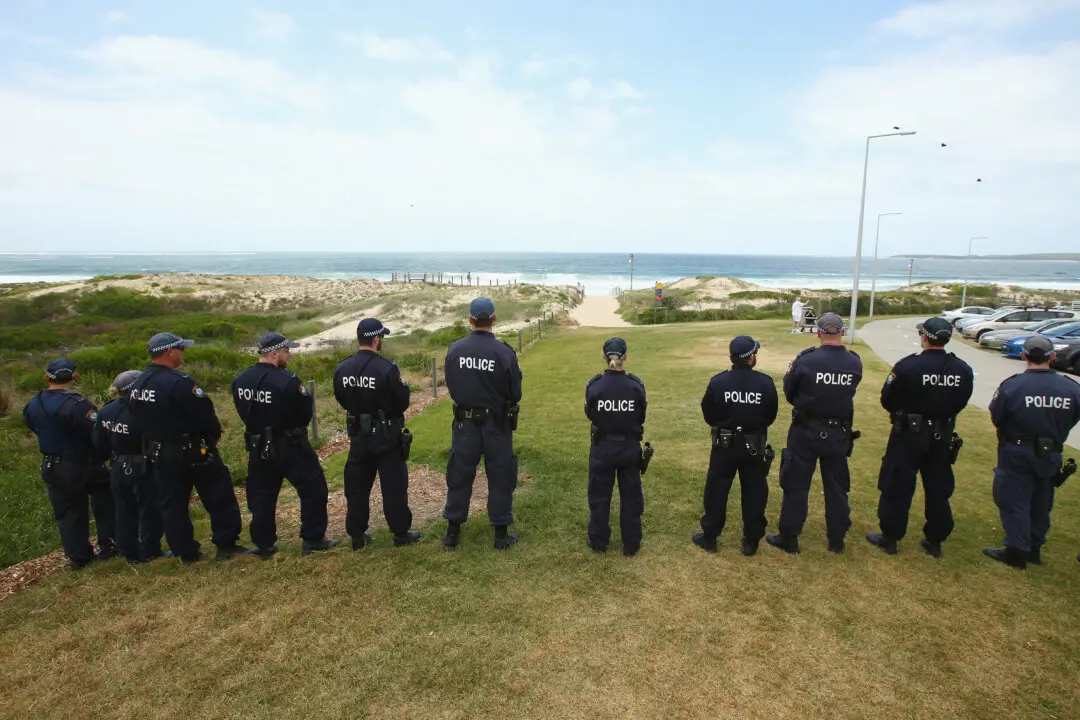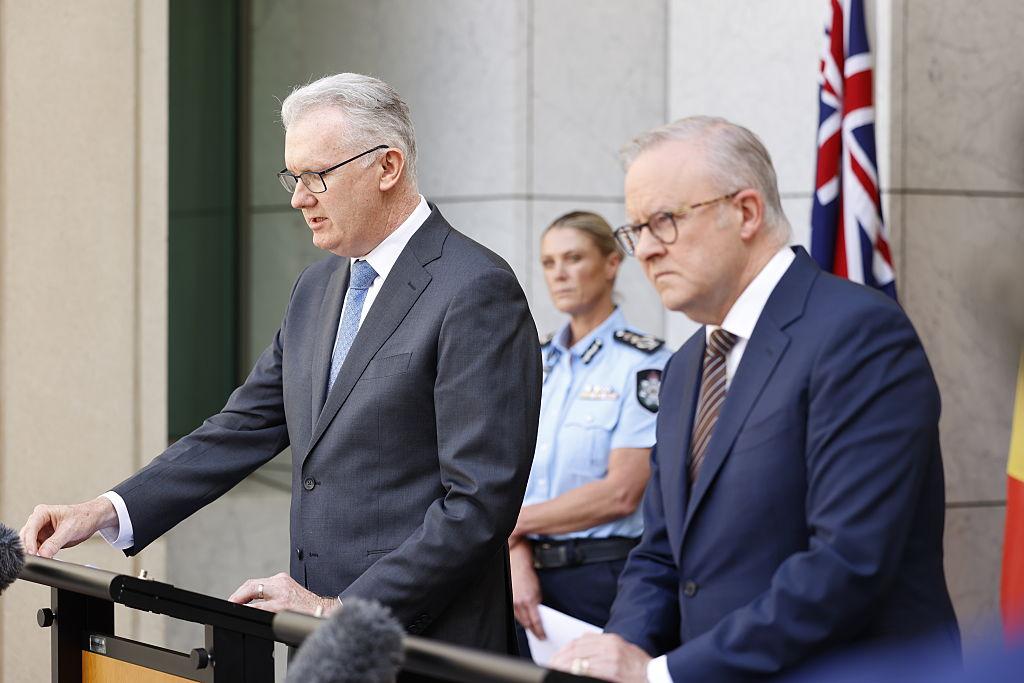Many Australians with terminal conditions are being denied the palliative care they need to end their lives with minimal pain and maximum dignity, according to data from the Australian Institute of Health and Welfare (AIHW). Its report, “Palliative care and health service use for people with life-limiting conditions,” is based on 2019/20 data.
Released during National Palliative Care Week, it reveals the benefits of palliative care for those with a terminal diagnosis but also highlights a widespread lack of access to the symptom control and social and emotional support that palliative care provides.





